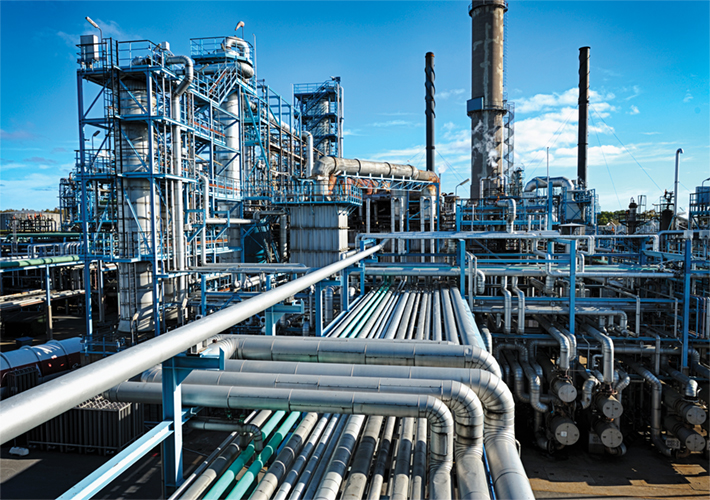
One-Stop Shopping for Chemical Standards
Sometimes consolidation is the best path toward consensus. Take the case of two ASTM committees: aromatic hydrocarbons and related chemicals (D16) and industrial and specialty chemicals (E15). Back in the summer of 2015, plans were launched to merge the two committees. After discussion and planning, E15 was merged into D16 last summer.
Practical concerns such as improving committee membership and participation, better meeting logistics, and the consolidation of similar industry ASTM standards and guidelines were all factors that led to the merger.
“Merging these two important committees will help consolidate chemical industry expertise in standards development, providing a one-stop shop for many stakeholders who use these crucial standards,” said Daniel Smith, ASTM’s vice president of technical committee operations, at the time of the merger. “It will also help reduce the potential for duplicative standards work while reducing travel and meeting time for our members.”
Deborah Passwater served as E15 chair from 2006 to 2012 and again from 2014 to 2016. During that period, she says, many of E15’s longstanding standards reached a point at which they required minimal management. At the same time, Passwater joined D16, and noticed the similarities and potential synergies between the two committees. This led her to suggest merging the two groups.
Both committees have provided important standards for the chemical industry. D16 has developed standards for raw materials for chemical synthesis. Chemical-specific subcommittees focus on benzene, toluene, cyclohexane and derivatives, and oxygenated aromatics, among others.
E15 primarily developed standards for raw materials and chemical products. The committee created both general standards on topics such as water, appearance, iron and specific gravity; and end product-specific standards covering glycols, chlorides, nitriles, and solvents.
Example: Coolants
General product standards from E15 are commonly used to determine requirements of raw materials used as components or ingredients of consumer products.
For a real life example of how these standards are used, we need only go as far as our cars. An engine coolant (antifreeze) is required for use in radiators for regulating heating and cooling. Industrial grade ethylene glycol (EG-Ind.) is the main component of engine coolants. EG-Ind. must meet certain chemical and physical specification requirements. Water content is one of those specification requirements.
The chemical and physical specification for industrial grade ethylene glycol is standard E1119. E1119 specifies that a maximum amount of water is allowed and it should be determined by another standard: the test method for water in organic liquids by coulometric Karl Fischer titration (E1064). After the EG meets that water specification (among other requirements) it can be labeled EG-Ind. and used to formulate consumer-ready engine coolants.
In summary: Only so much water (E1064) is allowable in the EG-Ind. (E1119), which is the major component of automobile engine coolants (D3306).
Moving Forward
Now that E15 has been disbanded, the next step will be to integrate E15 standards (such as E1064 and E1119) into appropriate D16 subcommittees, with new subcommittees being formed as needed.
The newly configured Committee D16 welcomes participation in its standards developing activities, including interlaboratory studies to produce precision and bias data. Representatives from laboratories that would like to participate in such studies are strongly encouraged to join D16.
 SN Home
SN Home Archive
Archive Advertisers
Advertisers Masthead
Masthead RateCard
RateCard Subscribe
Subscribe Email Editor
Email Editor